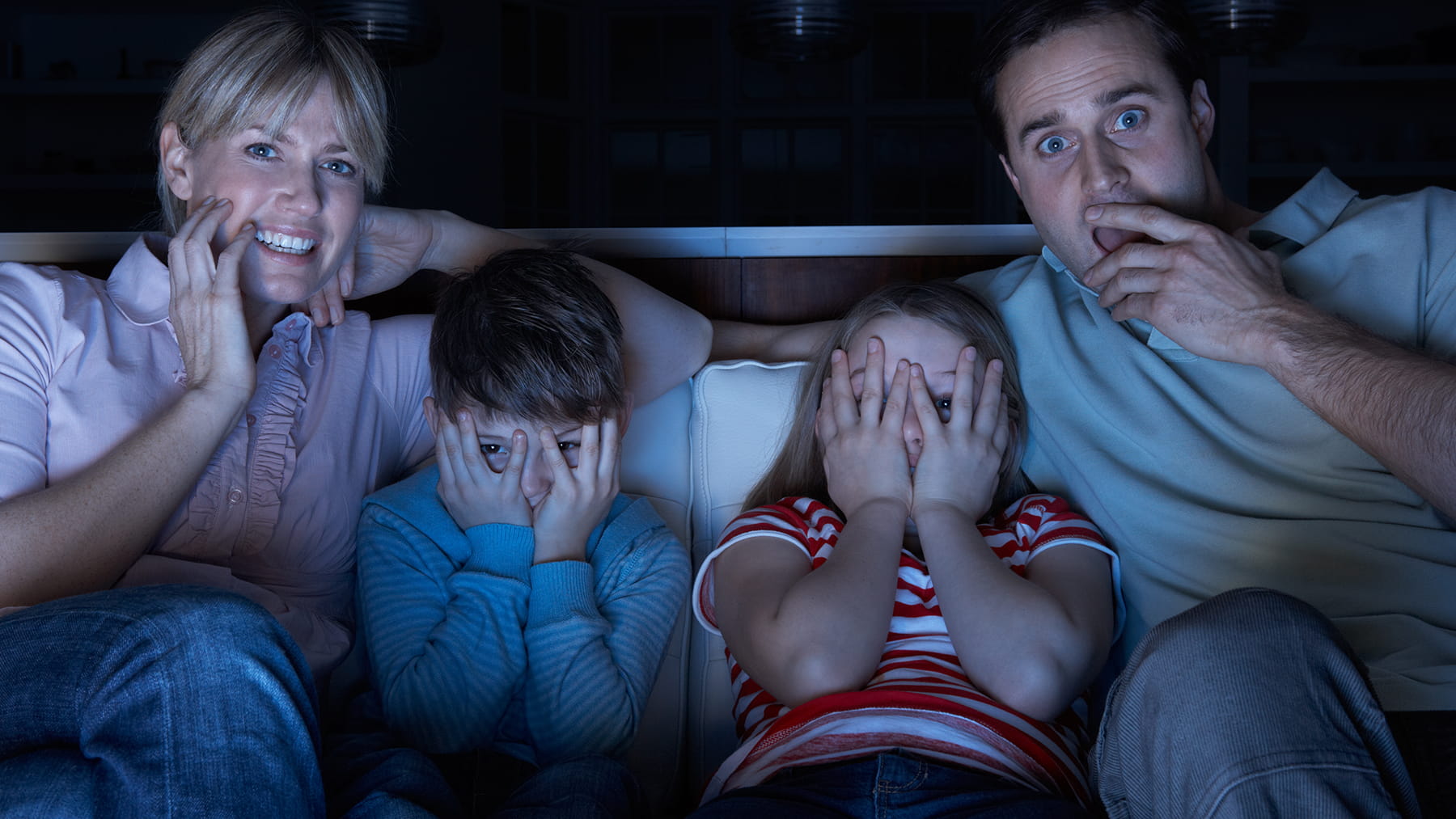Scaredy cats vs. horror fans: 4 shocking facts about fear
 Which of these sets of characteristics best describes you?
Which of these sets of characteristics best describes you?
A:
- You think horror movies and shows such as The Walking Dead are fun to watch. They don’t give you nightmares.
- You enjoy thrilling or frightening experiences – haunted houses, roller coasters or something next-level like parachuting.
B:
- You say “no way” and have no interest in watching slasher flicks or gory scenes.
- You’d rather avoid doing things that make you nervous – 90-mph coaster plunges, going in your own dark basement or even flying on a plane.
Most of us fall somewhere in the middle of the two extremes.
But here’s some cool science at Halloween time: Genetic differences explain why people lean toward one side (those who pay to be petrified) or the other (those who follow the haunted house warning signs to keep out).
That’s what we learned from Dr. Katherine Brownlowe, a psychiatrist with The Ohio State University Wexner Medical Center who studies the science of fear. She shared some of the brain's secrets with a group of adults this month at a COSI After Dark talk.
If you dare, read her shocking facts about fear. (Just kidding. It won’t be scary.)
Some people are born to love fear.
Those genetic differences cause some people to have more subdued responses to fear signals that come from the brain, Dr. Brownlowe says. This personality trait is sometimes called “sensation seeking.” These are the people who love bungee jumping, telling campfire ghost stories that make you squirm and visiting attractions with names like the Dungeon of Doom or the Field of Screams at Halloween.
Other people avoid threats – even if they’re not real – because their brains do not interpret responses to fear as pleasurable. They’re more sensitive to frightening situations. An interesting side note: This personality trait can contribute to a vulnerability of developing anxiety disorders.
Fear actually hijacks your brain.
A brain structure called the amygdala brings about your responses to fear:
- your body freezes up
- your heart rate or breath quickens
- blood vessels in your extremities constrict
- your mental focus sharpens
- you have a fearful emotional response (that blood-curdling scream when the killer pops on screen)
Your body is preparing for your fight-or-flight decision against the perceived threat. This response often happens without conscious input and has been called an “amygdala hijack.”
“Sometimes fear can be fun, like in a haunted house or a scary movie. You cognitively know that you’re in a safe situation, but you can tickle your amygdala response a bit,” Dr. Brownlowe says.
Monsters under the bed are real (to little kids).
Just like adults, some kids are more interested in scary sensations than others. However, young children lack the brain mechanism to understand that a scary character or creepy Halloween mask isn’t real. “The little ones still live in a world where monsters under the bed could be an actual possibility,” she says.
Her advice to parents: Pay attention to your individual children’s temperaments and maturity levels. One kid might be OK with a tense movie with some creepy creatures; another child the same age could be quite shaken. And make sure to tell them it’s OK to be scared!
You could stop being a scaredy cat. But you probably don’t want to.
Many people are happy to stick in their safe zones. If you tend toward anxiety in fearful situations or don’t enjoy them – by all means, skip them! When reactions are more severe, many kinds of treatments with a mental health professional could help, Dr. Brownlowe says.
If you want to push back against one of your fears, she suggests breathing and mindfulness techniques to keep your brain grounded, so it doesn’t get carried away with its response.
She used another approach to overcome her roller coaster fear. She rode a kiddie coaster with a friend until it was boring, then moved on through the bigger rides.
You could try it too:
Expose yourself to whatever you’re scared of in a controlled environment, starting briefly and lengthening over time. The goal is for brain to become used to feeling safe in that situation until you’re no longer afraid, Dr. Brownlowe says.
She focuses on a branch of psychiatry called neuropsychiatry, which tries to understand why healthy brain processes – humor, love or fear – might not function normally when the brain is ill. It’s fascinating.




